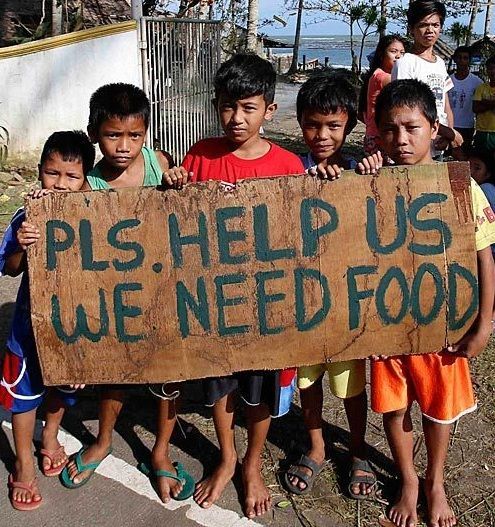🌍 Top 10 Poorest Countries (2025, GDP per capita in USD - approximate)
1. Burundi – ~$270
2. South Sudan – ~$320
3. Malawi – ~$380
4. Central African Republic (CAR) – ~$450
5. Mozambique – ~$500
6. Democratic Republic of Congo (DRC) – ~$550
7. Niger – ~$600
8. Somalia – ~$610
9. Chad – ~$640
10. Liberia – ~$670
Note: Rankings may vary slightly depending on the source (IMF, World Bank, etc.).
---
🧩 Why These Countries Are Poor: Key Reasons
1. Conflict and War
Many of these nations (like South Sudan, Somalia, CAR) have faced ongoing civil wars, political instability, or violent insurgencies.
War destroys infrastructure, stops trade, and displaces people, pushing economies backwards.
2. Poor Governance & Corruption
Weak institutions and widespread corruption mean aid money and national income are often misused.
Governments struggle to provide basic services like healthcare, education, and sanitation.
3. Low Education Levels
A poorly educated population leads to low productivity and limits innovation.
Many children in these countries never complete school due to poverty, early marriage, or lack of schools.
4. Health Issues & Disease
Countries like Malawi and DRC suffer from high rates of malaria, HIV/AIDS, and other diseases.
Poor healthcare systems mean people can't work or care for families, and life expectancy is low.
5. Overdependence on Agriculture
Most of these economies rely heavily on subsistence farming, which is vulnerable to climate change, droughts, and floods.
There’s often little value-added industry or manufacturing.
6. Colonial History
Colonial exploitation stripped many African nations of natural wealth and set up weak political systems that failed after independence.
Many borders were drawn without considering ethnic groups, causing long-term conflicts.
7. Geographic Disadvantages
Some are landlocked (like Chad and Niger), increasing trade costs.
Others have difficult terrain, limited arable land, or poor access to global markets.
8. Population Growth
Rapid population growth (especially in Niger, Chad) strains already limited resources.
More children mean more mouths to feed, but without enough jobs or schools.
9. Debt Burden
Some countries are heavily indebted, spending a large share of income on loan repayments instead of development.
High-interest loans make it hard for them to invest in the future.
10. Lack of Infrastructure
Roads, electricity, water systems, and internet are often missing or poorly maintained.
This limits business, education, and access to services.
---
🔍 Conclusion
These countries are poor not because of a lack of potential, but because of a combination of historical exploitation, internal conflict, weak institutions, and environmental challenges. Many are rich in natural resources, but they need peace, education, healthcare, infrastructure, and good governance to break the cycle of poverty.

